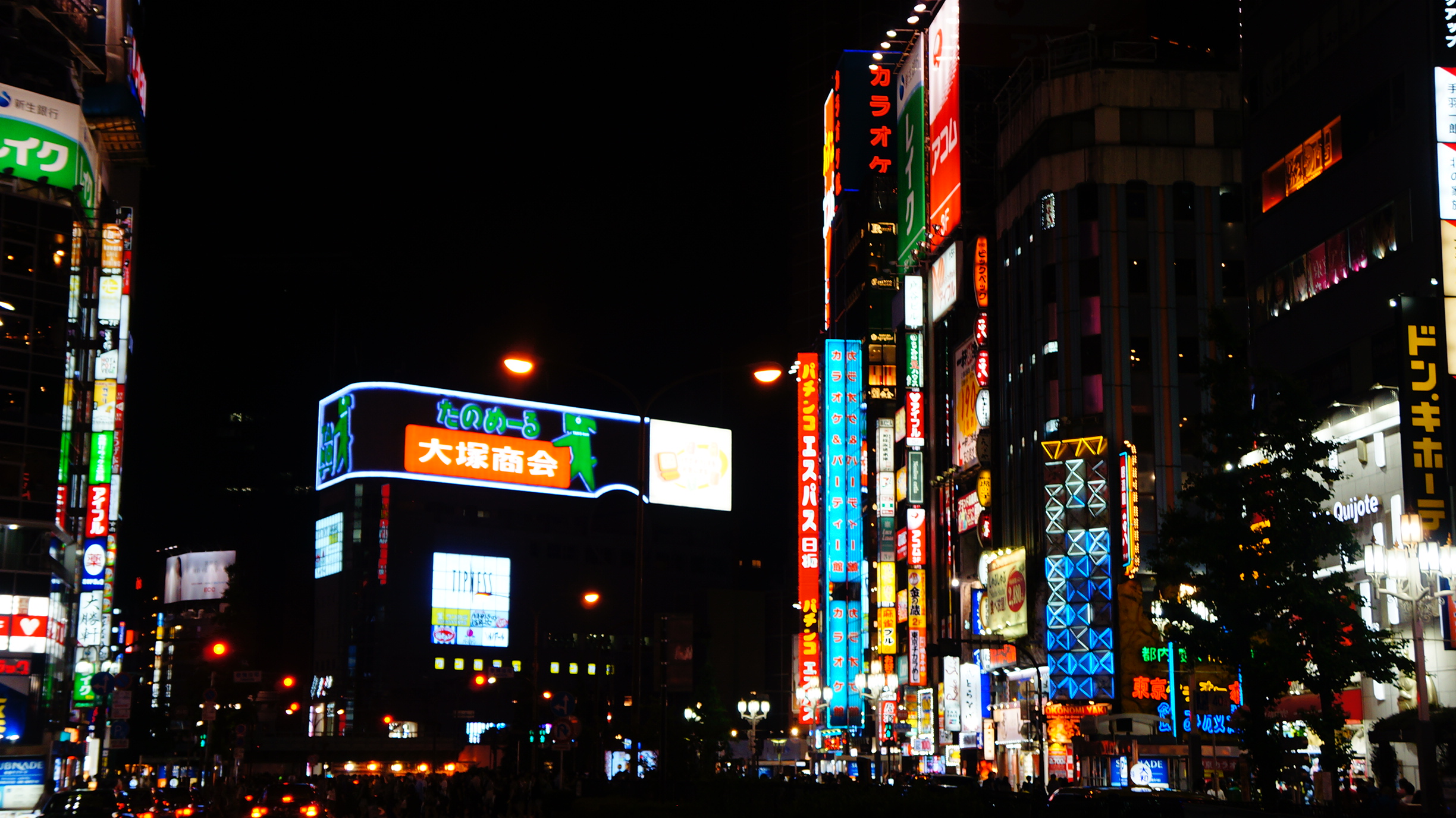
Readers will note Suffragio‘s sparse publication schedule over the Memorial Day holiday and the following week. ![]()
That’s because I’ve been traveling in Japan (for the first time, though not the first time in Asia), and though I had been planning to scale down my writing on world politics, I hadn’t expected to spend quite so much time walking, talking, eating, drinking and exploring in a culture in which I’ve tried to immerse myself, at least as time has allowed, in the three months leading to the trip. I hope to spend much of the rest of the summer continuing to learn more about the country’s history, food and, above all, its cinema. (And, of course, its politics — senatorial elections are coming quickly in August).
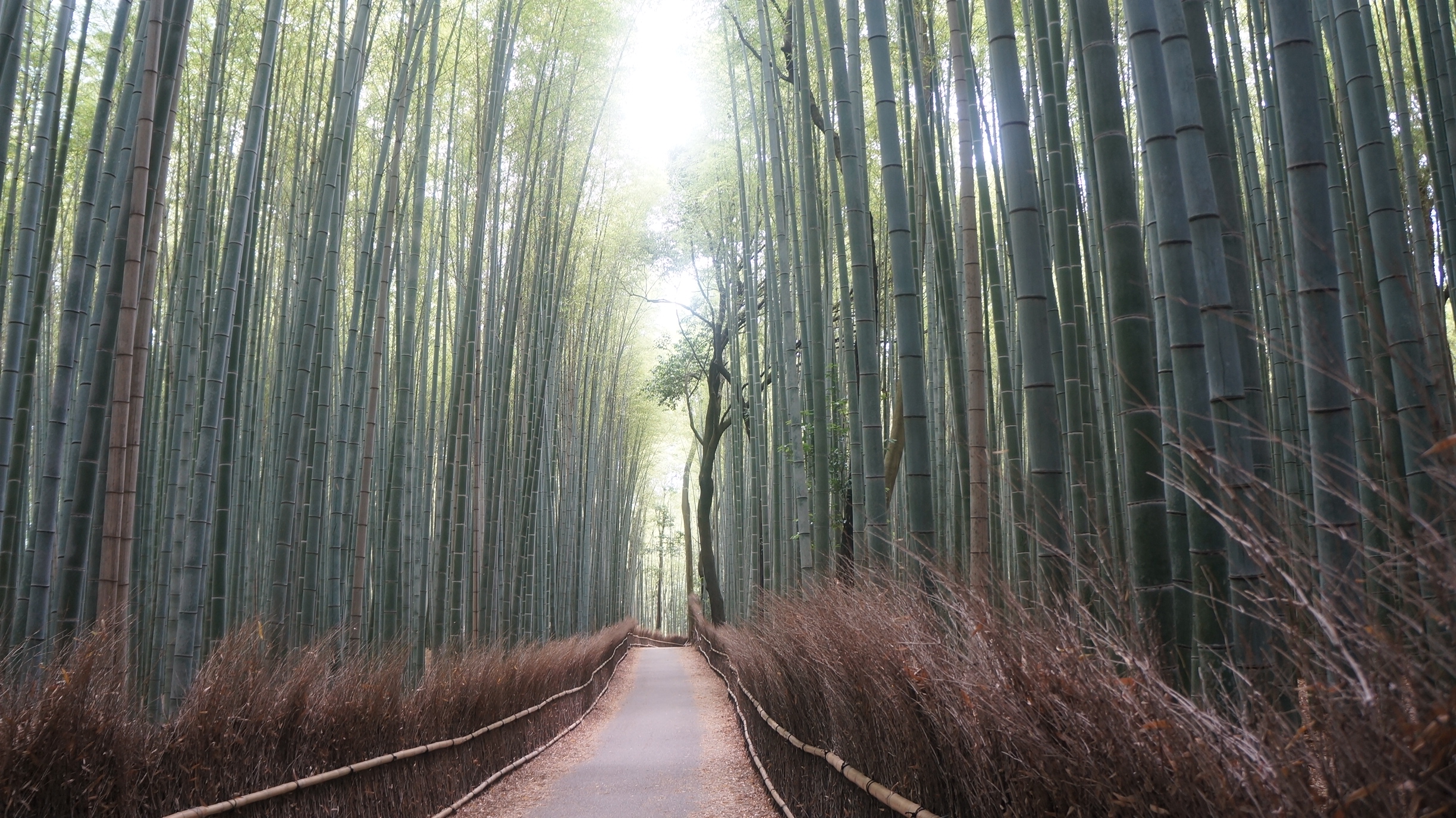
In any event, everyone needs a break from world politics, especially in an American presidential election year that’s atypically unpredictable. There’s only so much one can write about Brexit.
If interesting, here are some of my thoughts about 11 days in Japan.
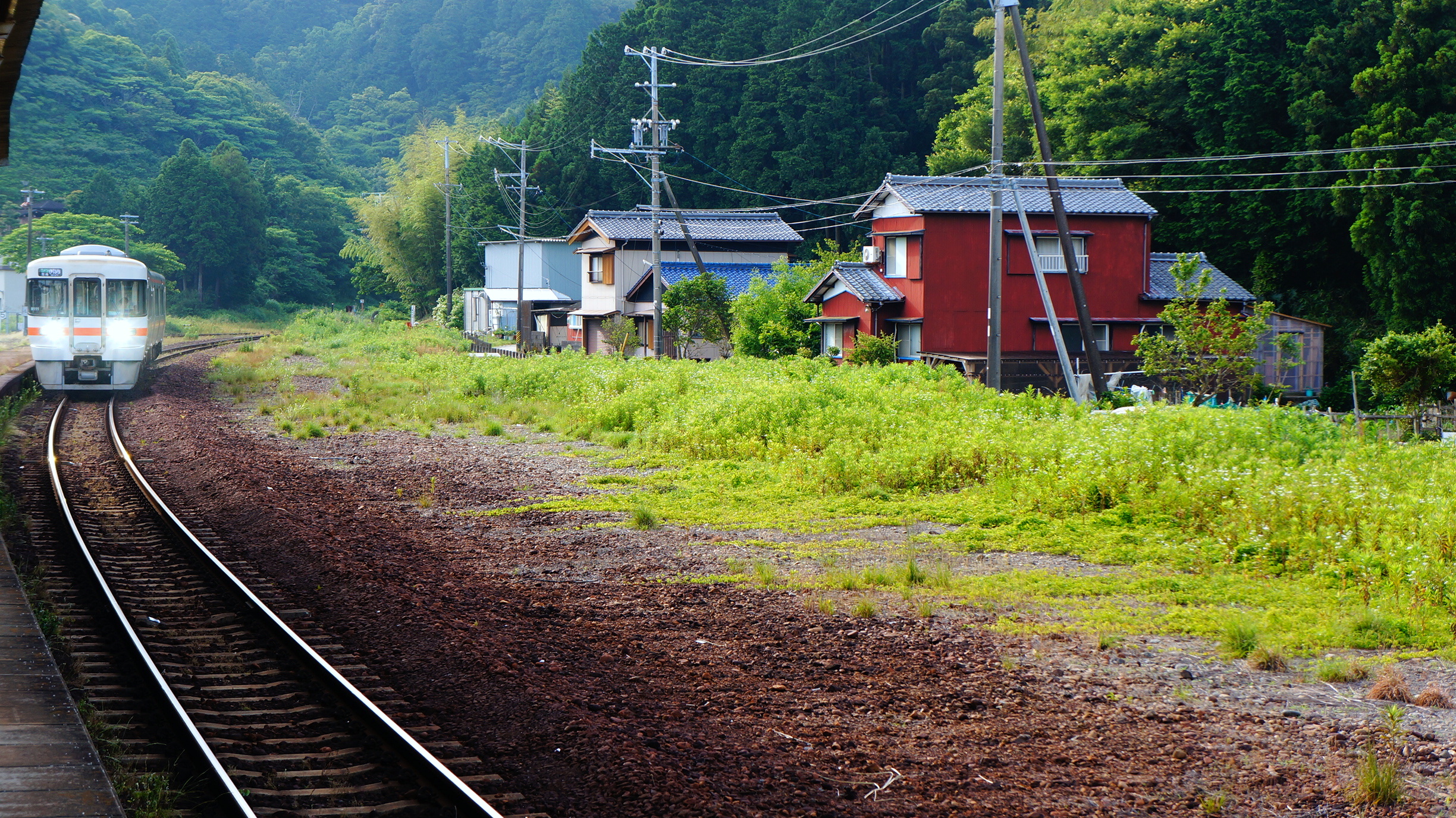
The best infrastructure in the world. I am tempted to say that the United States could benefit from Japan’s counter-occupation for a few years. I understand why Japan, which has a smaller area and a denser population (especially on Honshu, the most populous island), has a more plausible rationale for a high-speed rail network than the United States. But to come from Washington, D.C., where the Metro system is experiencing dangerous fires and unimaginable levels of dysfunction, the sophistication of Japan’s infrastructure is staggering by contrast. Japan’s 1990s-era bullet trains were faster than today’s Acela Express, the so-called ‘high speed’ train that runs from Boston to Washington.
The greater Tokyo metropolitan area is home to around 35 million people — slightly less than the number of people who live in all of California. So I understand that for much of the United States, the density just isn’t high enough for the frequency of trains that you’d need to make high-speed rail plausible.
But even if you wanted to travel to Columbus, Ohio, in the year 2016, by even a slow train, you couldn’t do so. Ditto for dozens of other major (and growing) cities across the United States. And it’s true that Japanese governments have repeatedly deployed funds to costly rural infrastructure — it’s the lifeblood of Japan’s Liberal Democratic Party of Japan (LDP, or 自由民主党, Jiyu-Minshuto), as much in the 1970s as under prime minister Shinzo Abe today.
But the sparkling and efficient infrastructure goes far beyond rail networks. There’s still no seamlessly integrated public transit route from Brooklyn or downtown Manhattan to LaGuardia Airport; there’s not yet a route from downtown Washington to Dulles International Airport. There are multiple options from Tokyo’s two major airports.
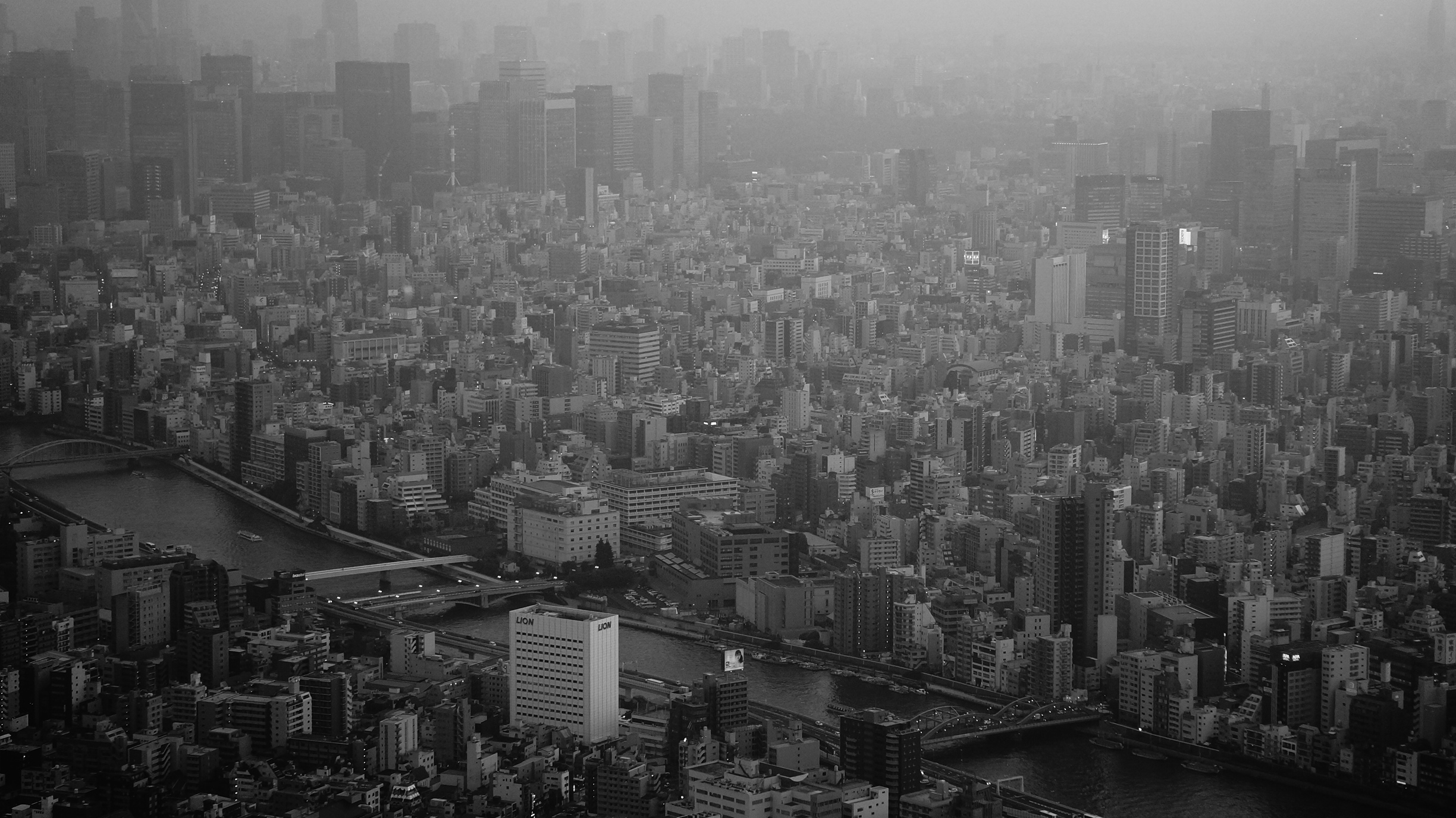
Deflation doesn’t seem to have stopped life. Though it’s nowhere near the breakneck pace of construction and development across much of China in the 2000s, there’s a notable amount of building activity in Tokyo. Someone certainly believes there’s a return on investment somewhere.
But the sense that I got in talking to friends and others in Japan was that, freed from the national project of ‘Japan, Inc.,’ the country’s Millennials now have a chance to be far more creative, furthering the Japanese reputation for design and art. There may indeed be a segment of ‘soshoku danshi‘ or ‘herbivore’ men among Japanese youth uninterested in any real economic or social lives, but it’s not a stagnant culture at all.

Maybe we spend too much time thinking about Hiroshima. It was unique to have spent Memorial Day in Hiroshima, contemplating my own country’s role in waging atomic warfare, especially just three days after Barack Obama was in Hiroshima, the first US president to visit either of the two cities targeted with nuclear weapons, thereby marking the end of World War II in Japan.
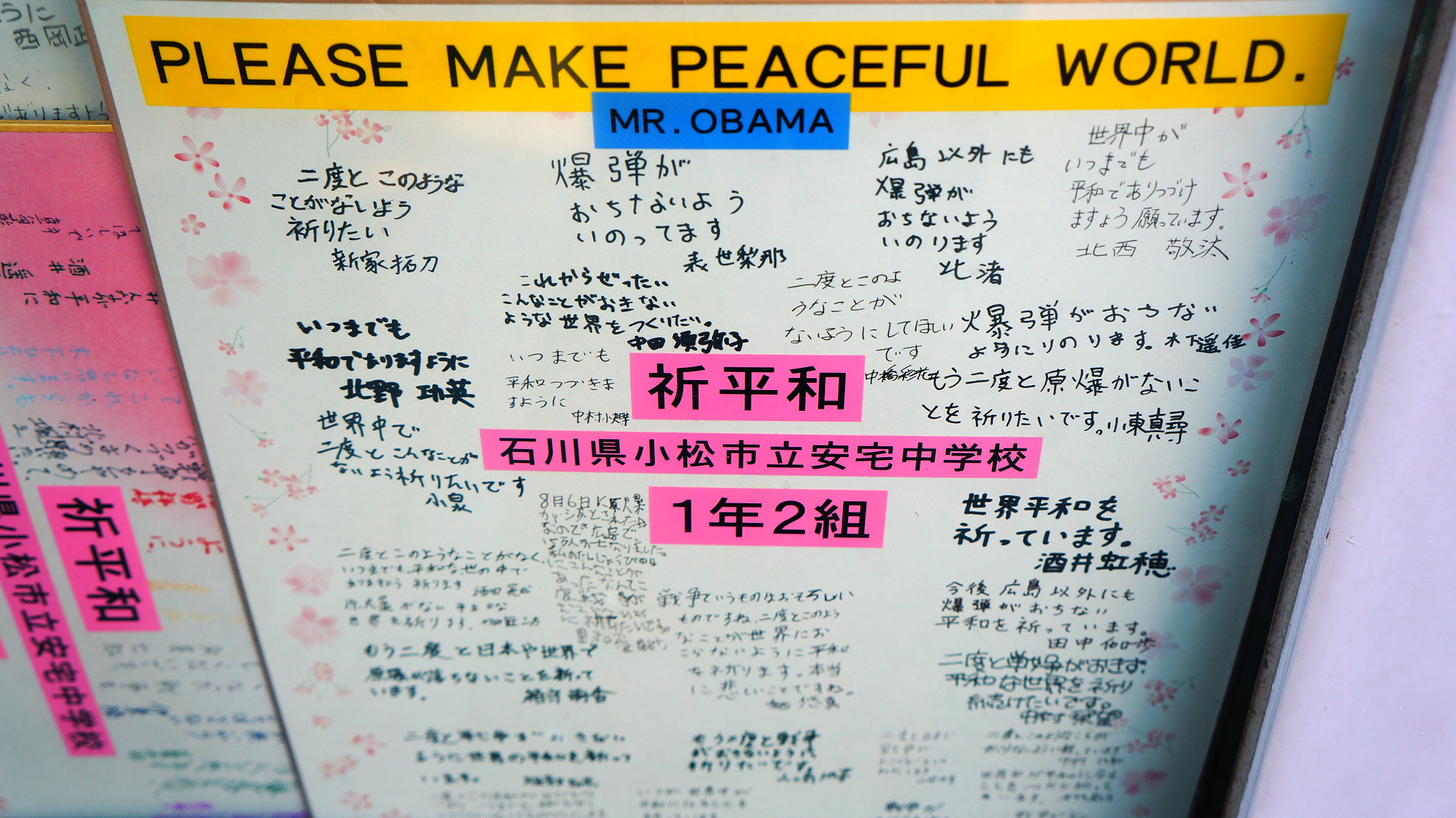
Though it is somewhat intense to think about the effects of nuclear war, and the Hiroshima Peace Memorial Museum is certainly home to enough artifacts to impress the dangers of nuclear annihilation. But, given that the museum is under construction and, accordingly, much more crowded than usual, I found myself much more affected by the serenity of the nearby river, which figures so prominently in John Hersey’s Hiroshima, and by the nearby Hall of Remembrance, where virtually none of the other tourists were bothering to visit (so much the better for me).
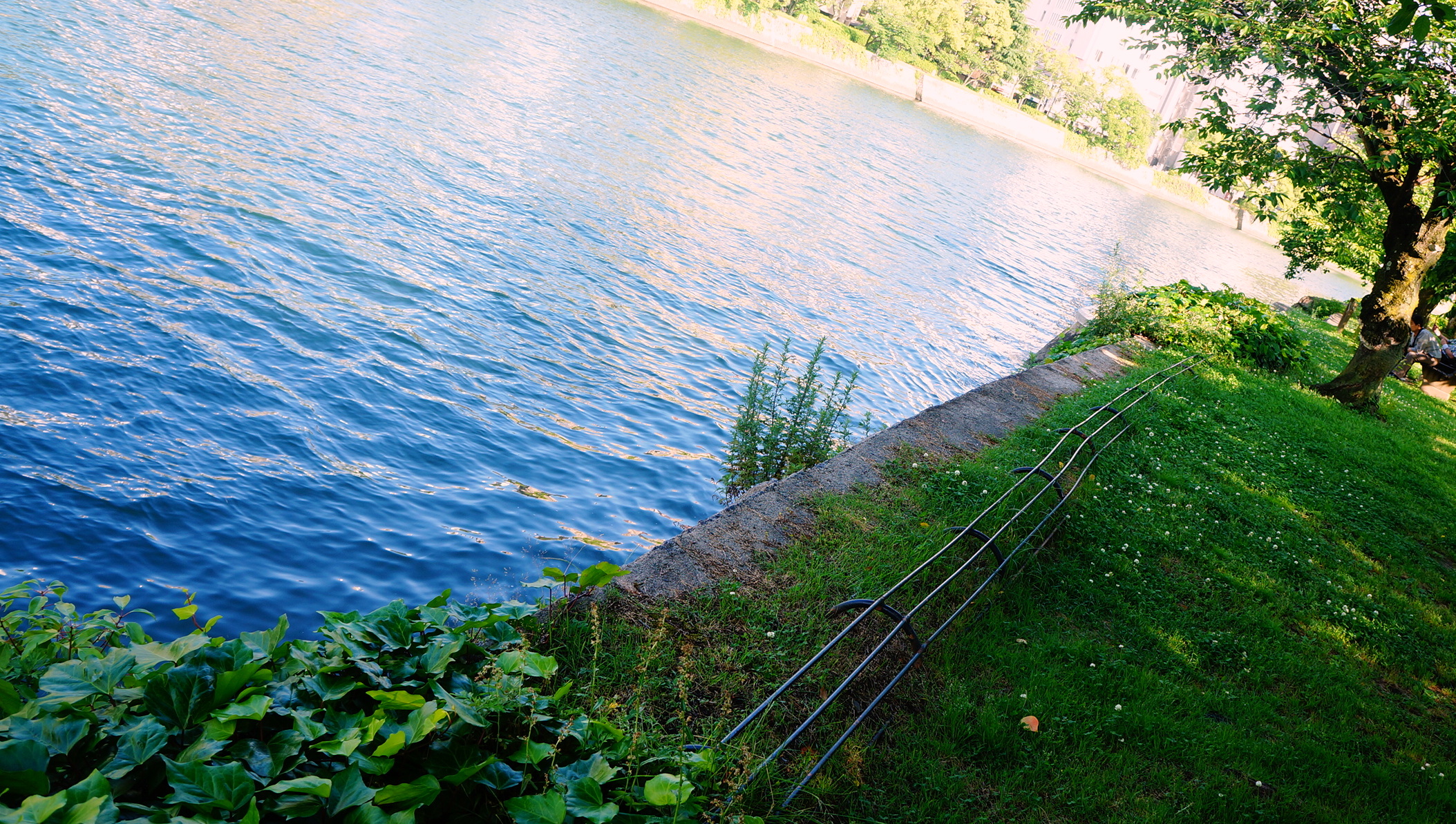
Overall, however, I worry that we have overemphasized the Hiroshima and Nagasaki bombings to the exclusion of all of the other awful things that happened in World War II, including the firebombing of Tokyo (and many other cities) that killed many more civilians than the atomic bombs. I was struck mostly that World War II — aside from the Soviets, who lost something like 10 million troops — was a horrible war for civilians. The war crimes on all sides are just insane: the Holocaust, obviously, but the atrocities that the Japanese perpetuated in China and Korea, arguably the firebombing of Dresden, Germany’s blitz campaign against London, the firebombing of Tokyo, the gratuitous second atomic bomb dropped on Nagasaki (home to many of Japan’s Christians), the dual Nazi and Soviet barbarism against Poland. No one comes out looking great.
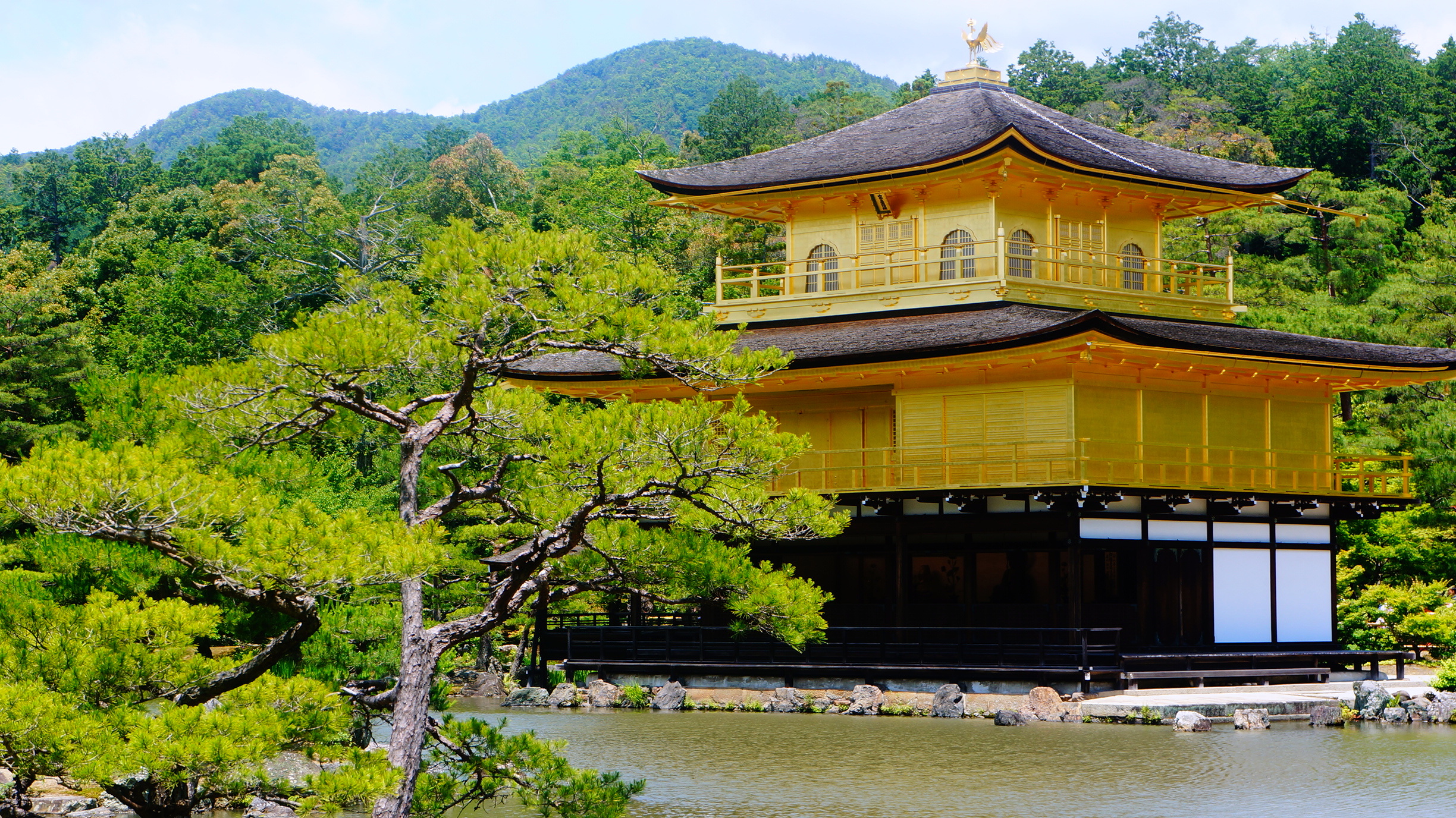
Everyone who cares about Japanese policy should read Tag Murphy’s new book. I read quite a bit in the lead-up (and the duration) of my trip to catch up on all things Japan, but the most useful book was Taggart Murphy’s 2015 book, Japan and the Shackles of the Past, on the role of Japanese traditions on current Japanese policy. It’s not just a great look at how centuries-old events (including Japan’s 1603 unification under the Tokugawa shogunate), it’s a sane conversation about the future of the United States in east Asia, especially in light of China’s restoration as the preeminent regional and, increasingly, a global power.
Murphy not so obliquely suggests that American thinking on Japan is far behind the curve, and in particular, the Obama administration’s handling of the only non-LDP government in postwar history between 2009 and 2012 was particularly ill-advised. It puts the ‘reforms’ of Shinzo Abe’s government within the context of decades-long LDP spending programs. It contemplates Abe’s more important (if less popular) goals about removing or amending Article 9 of the Japanese constitution to provide for a much more ‘normal’ military force. It also contemplates that, as Japanese workers retire and draw down on those legendary bank savings, future governments will be forced to seek out international capital at possibly much higher rates, even as its ratio of debt to GDP blows well past 200%, potentially setting Japan up for the nasty financial crisis that it staved off when its property and asset bubble popped in the late 1980s.
But all in all, it’s a great political primer on the inner workings of the LDP, because so much of Japanese politics takes place within the party’s factions, and the struggle between the Japanese bureaucracy and the LDP. It explains the importance of Kakuei Tanaka’s role from the 1970s through the 1990s, and his behind-the-scenes success winning power both within the LDP and vis-a-vis the bureaucracy. Highly recommended, especially as you read more about US-Japan relations in the presidential election, this summer’s elections in Japan and the Abe government’s decision to postpone a further planned raise in the consumption tax.
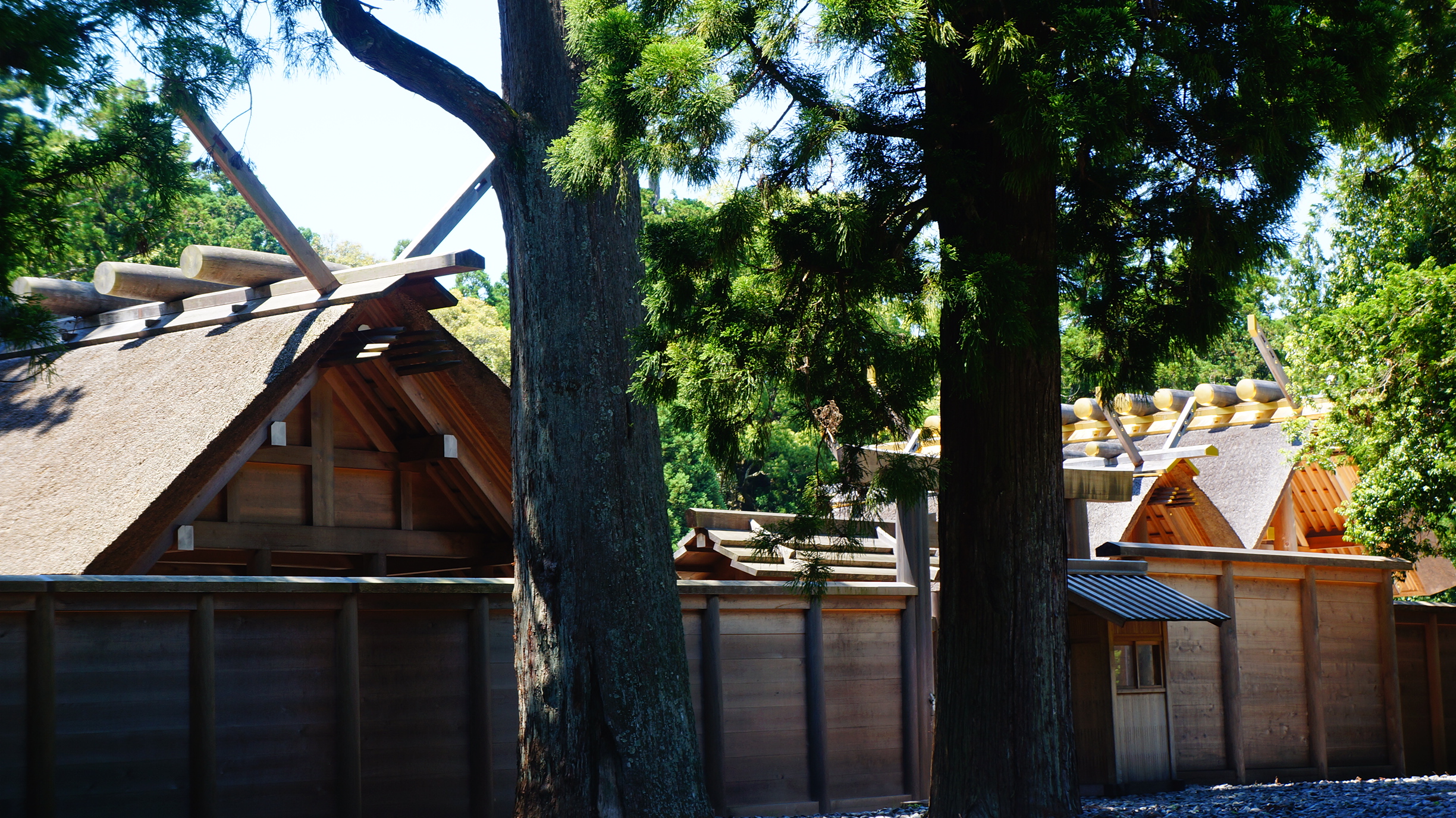
Shinto is to Buddhism as indigenous traditions are to Latin American Catholicism. One of my goals in Japan was to get a greater understanding of Japan’s native Shinto, Buddhism and the way that the two interact. You can definitely see the continuity between Shinto and, in particular, Zen Buddhism. It is as much a philosophy for design as anything else. The closest analogue I could find was Mexican Catholicism’s infusion with the mysticism and other traditions of pre-Columbian Mexico and, of course, the role of Our Lady of Guadalupe in Mexican Catholicism today.
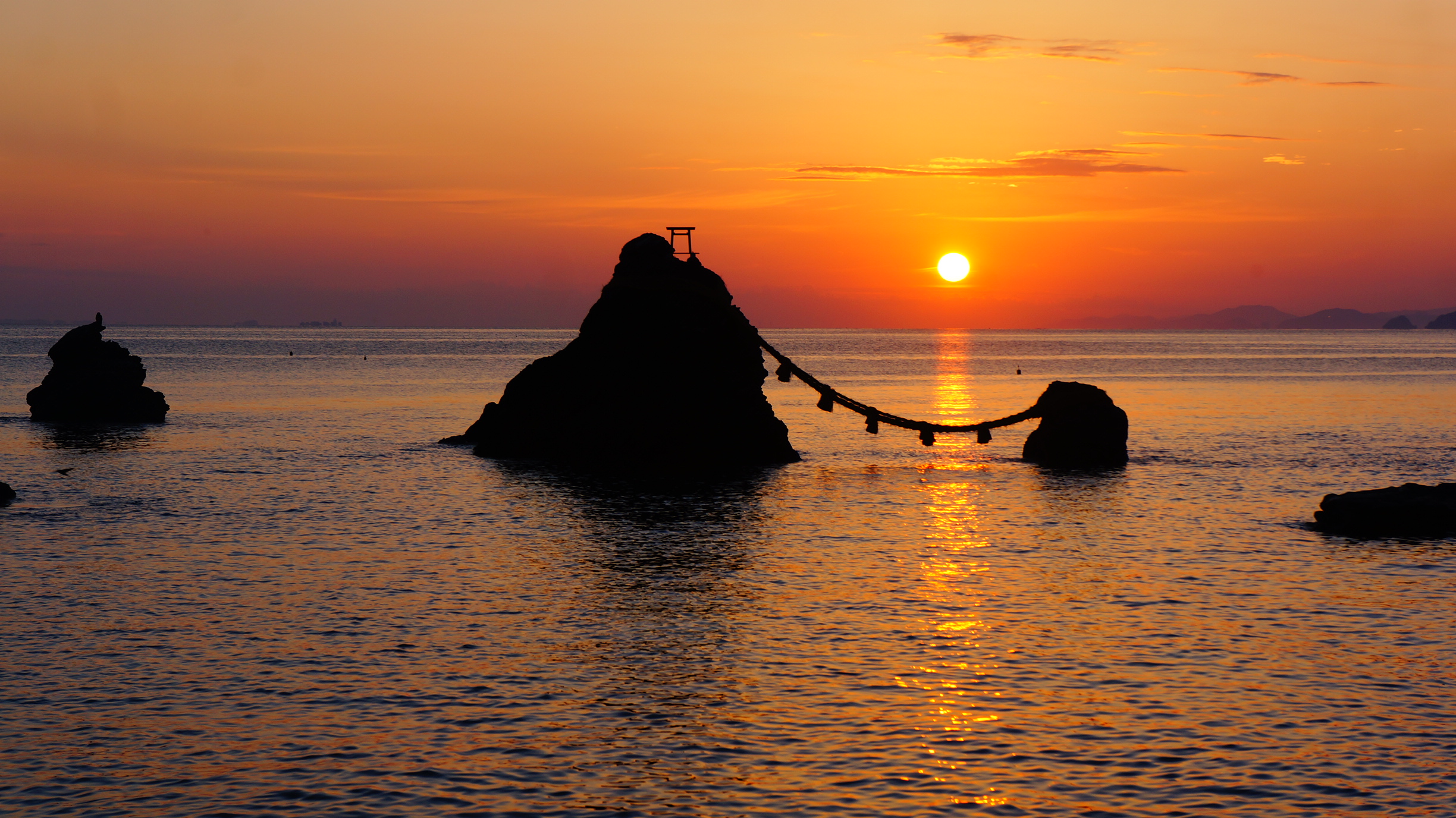
Osaka should be on more radar screens. Defying a lot of advice, I crammed in some time in Osaka (as well as Tokyo, Hiroshima, Kyoto and Ise).
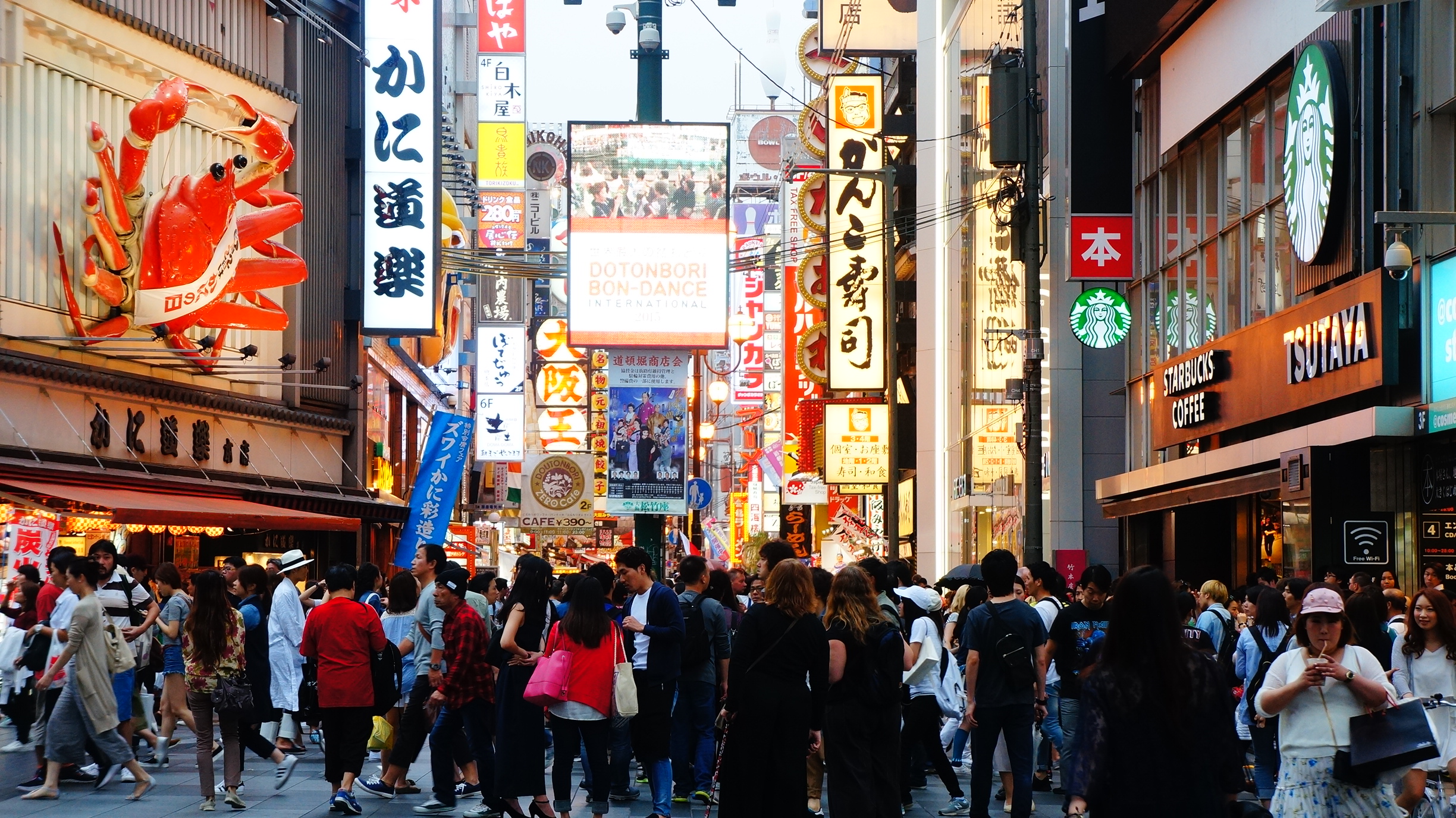
Osaka is definitely more ‘Japanese’ than Tokyo in a sense; there’s much less English signage than in Tokyo, Kyoto or even Hiroshima. This is the ‘real’ Japan, I could count the Western tourists I saw there on two hands. Its buildings (in at least parts of town), bridges and overpasses are downright Soviet, and my hotel reminded me of a fancy hotel in Guangzhou 15 years ago, though Osaka’s business district looks fresh, new and modern.
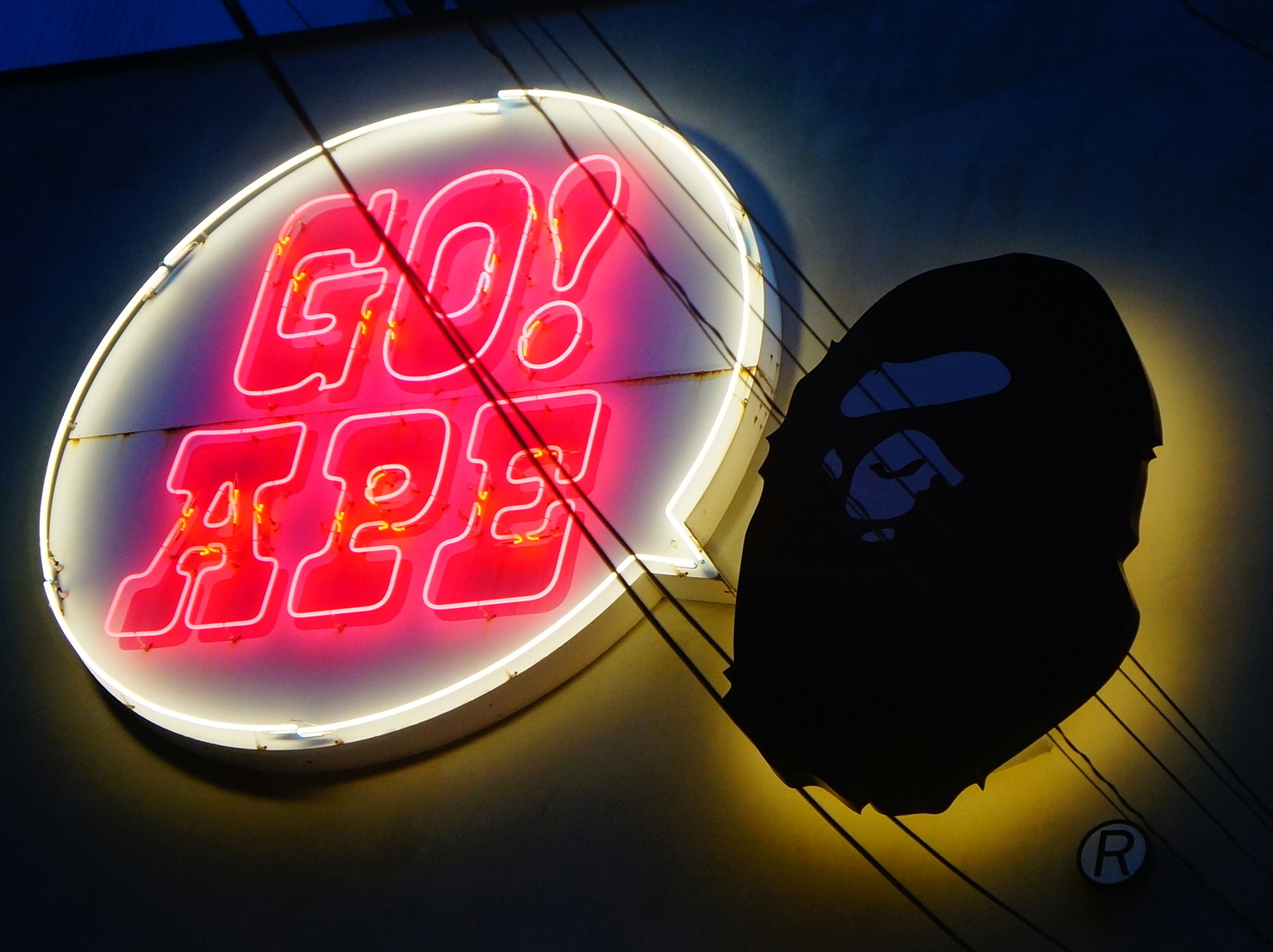
Its attitude is much more in-your-face and even ‘street.’ With such edgier clothing, hair and graffiti, a New Yorker could hit the ground running here culturally much faster than in Tokyo. My head turned more often here than in Tokyo, both for men and women. It’s a sexy place, and I am surprised it is not on more lists of the ‘hot places to be’ in the 2010s. The capital, in fact, feels so buttoned down and refined that the contrast almost reminds me of the divide between Jerusalem and Tel Aviv. I saw someone litter here for the first time in 11 days in Japan, though I was expecting more jaywalking in Osaka.
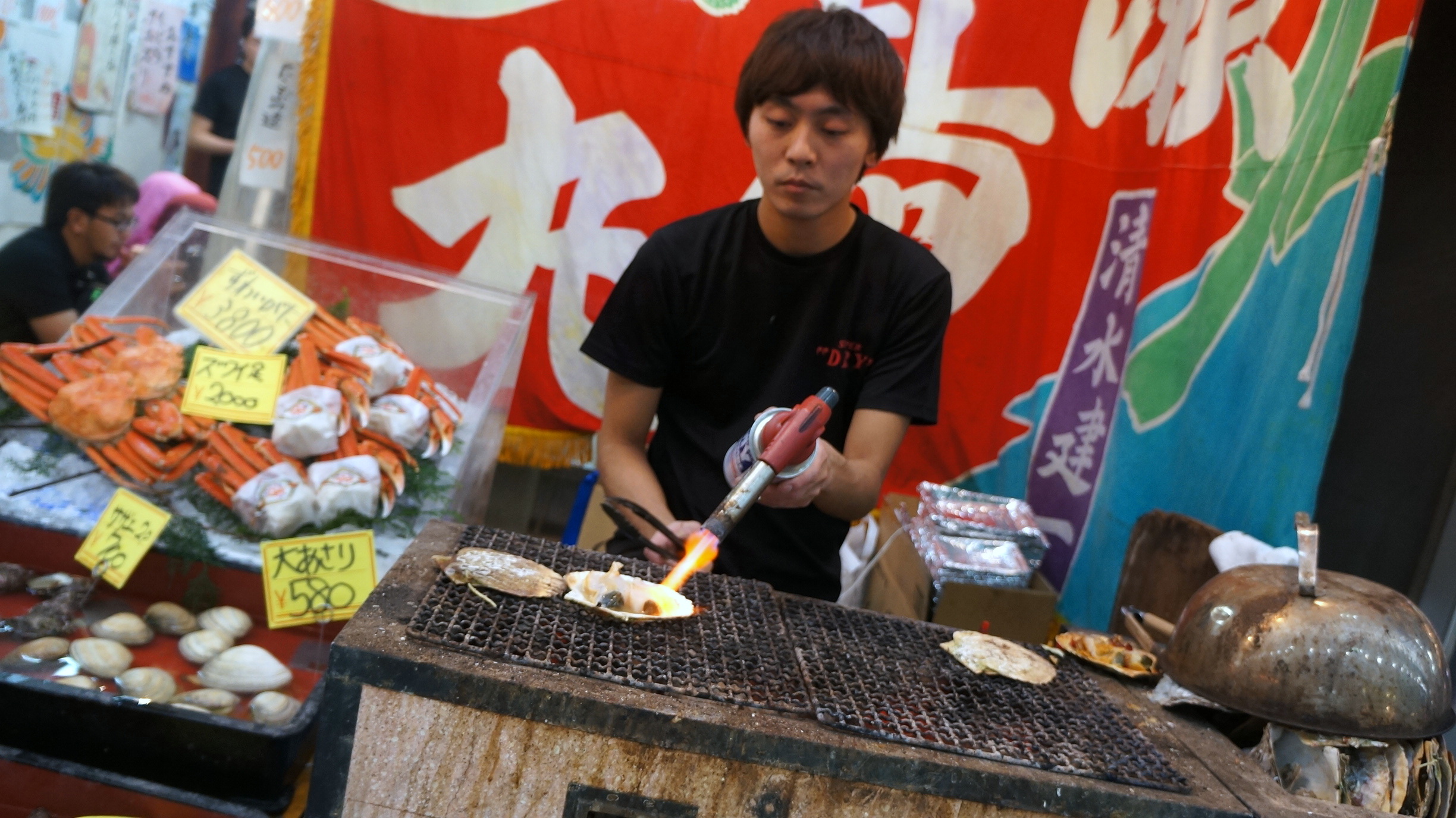
The street food is great, though the Wagyu/’Kobe’ beef and the takoyaki — fried octopus balls — are overrated. Don’t get me started on the fugu (pufferfish) trap; you’d be hard-pressed to say the taste is much different than red snapper. The eel and the scallops, and the ginger tempura and the strawberries (especially ones wrapped in sweet red and white bean paste) were great.
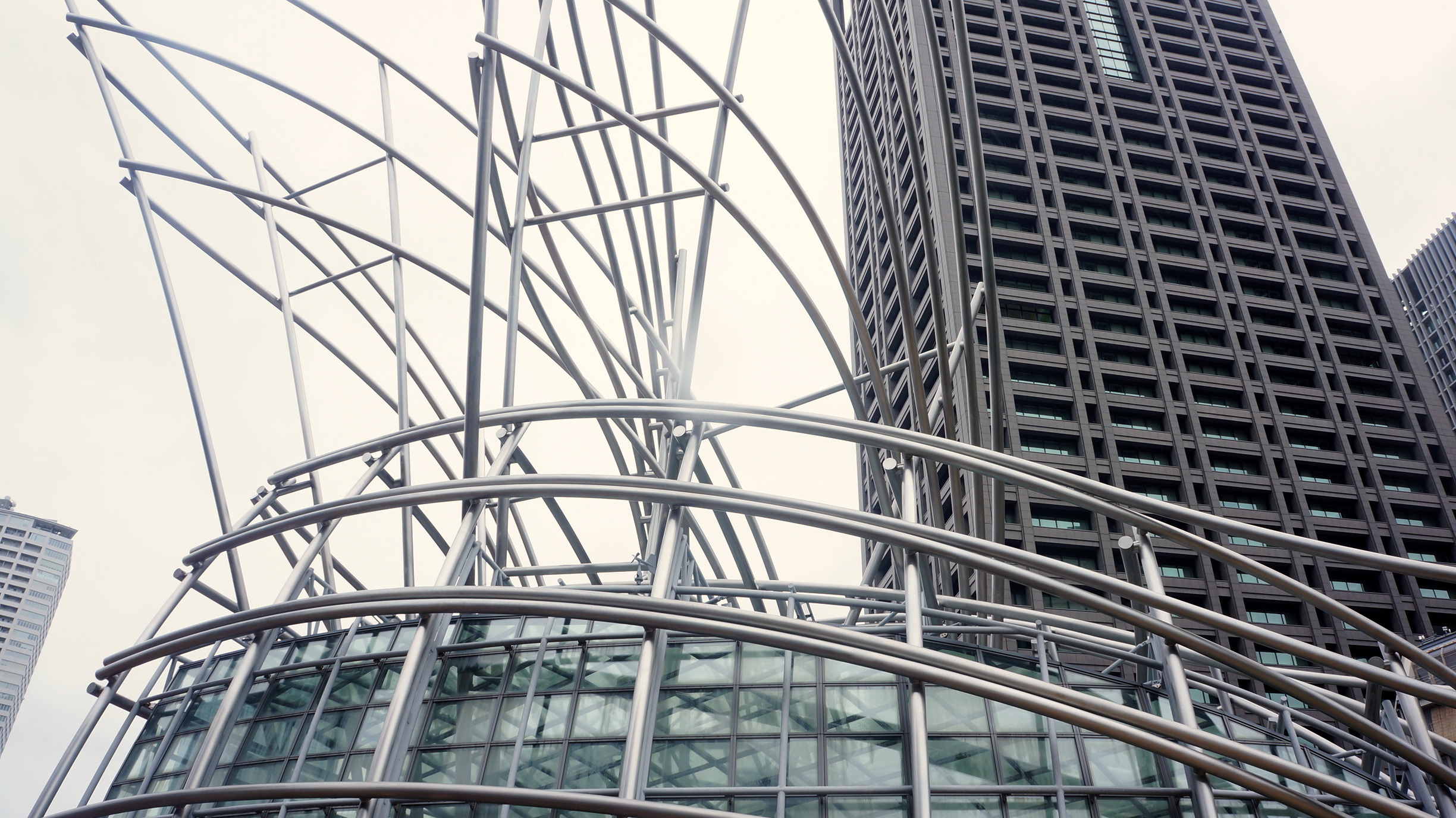
On my last morning, I snuck out to the art museum, a stunning piece of 2000s architecture — and it was a good decade for museum architecture — to see an exhibit on Ikko Tanaka’s 20th century posters. All in all, I did not at all regret missing another day’s worth of temples in Kyoto for this.
Food. Above all, the food in Japan (quite generally) reminds me of food in Italy. Regional specialization is everything, and there’s a craftsmanship and attention to detail, including (or most especially) with respect to presentation, that’s staggering, even at a six-seat izakaya far away from the gleaming business districts and tourist hotspots. Of course, it was great — and I owe much to Matt Goulding’s culinary tour of Japan, Rice Noodle Fish.
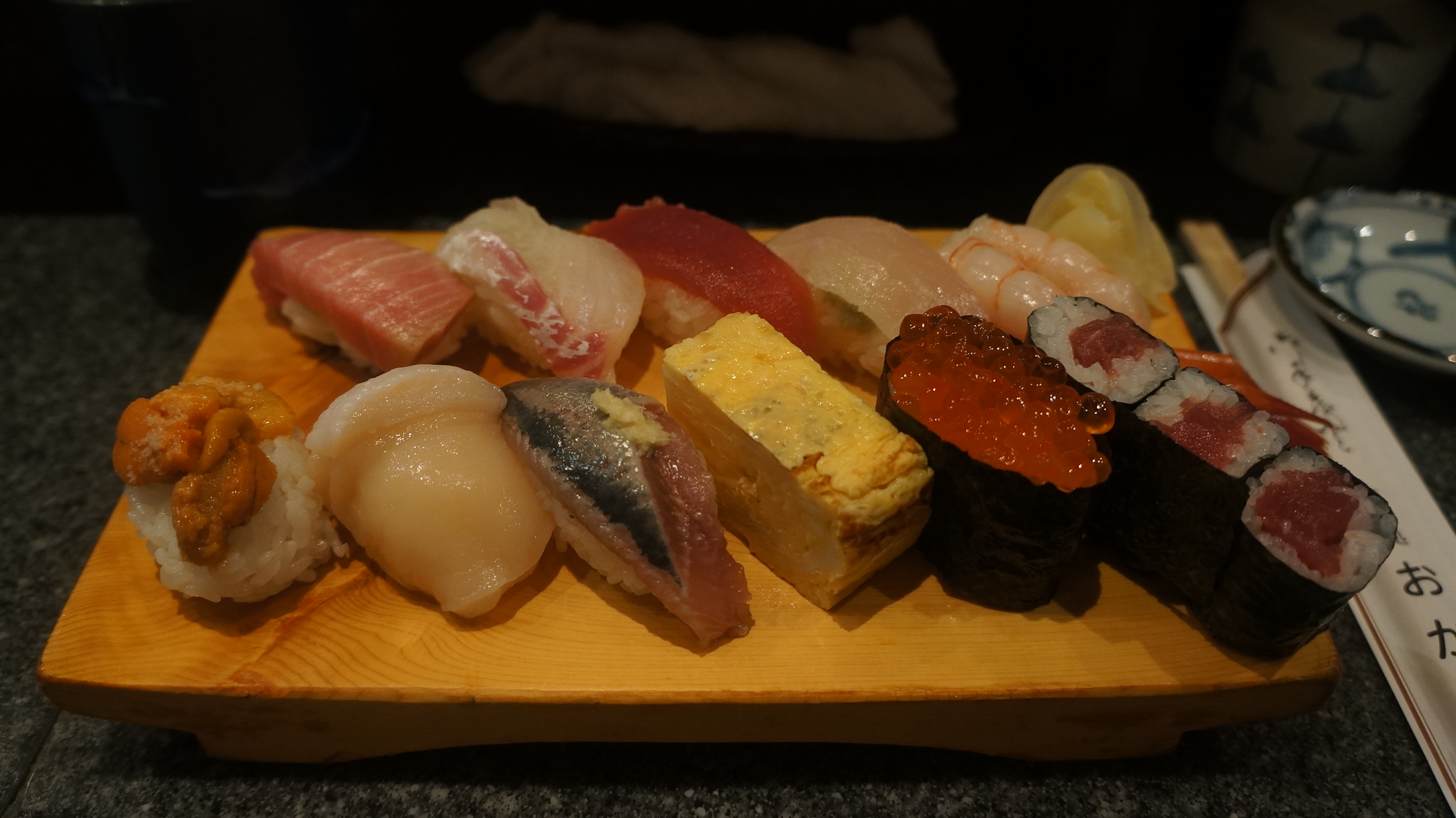
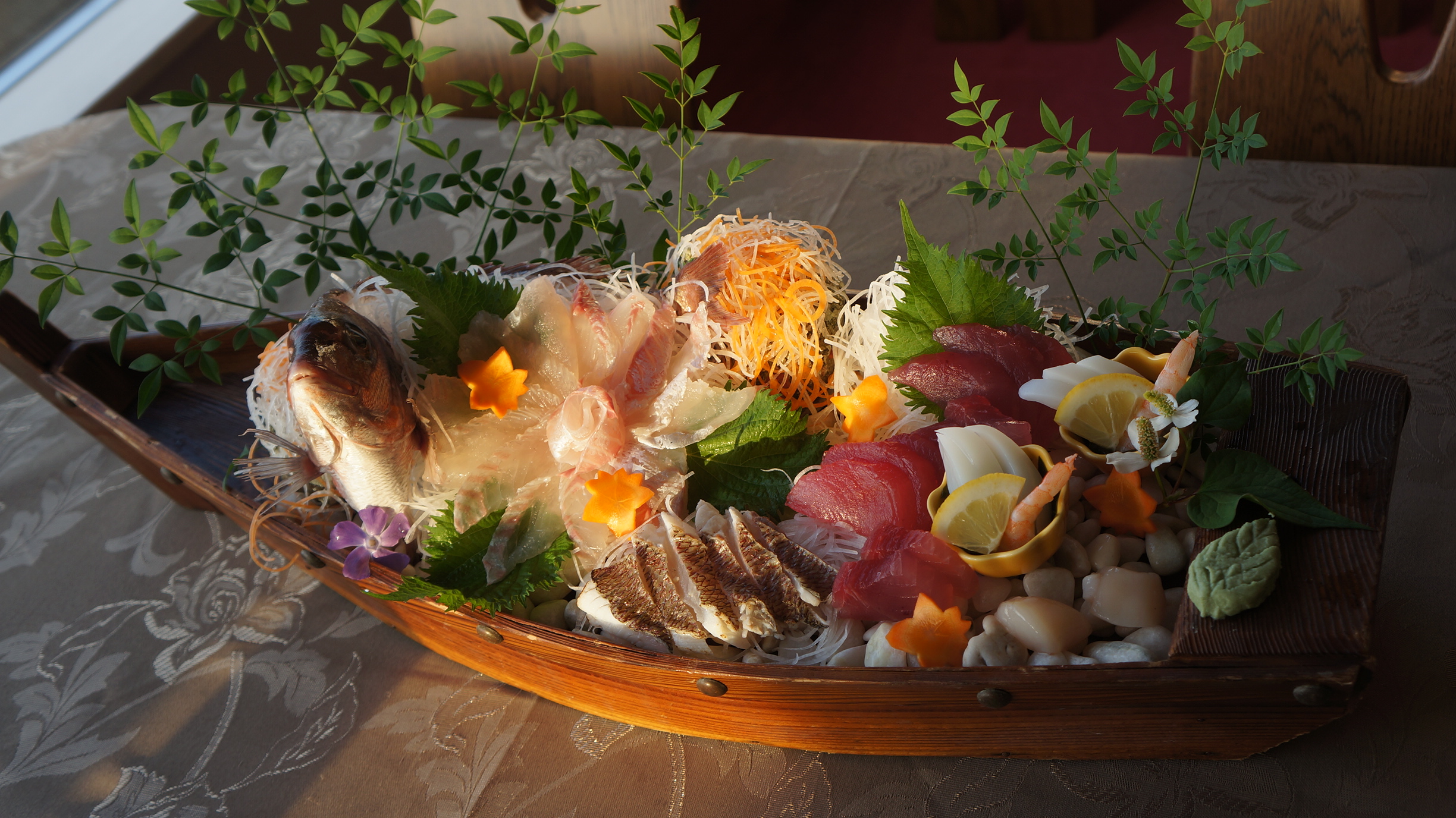
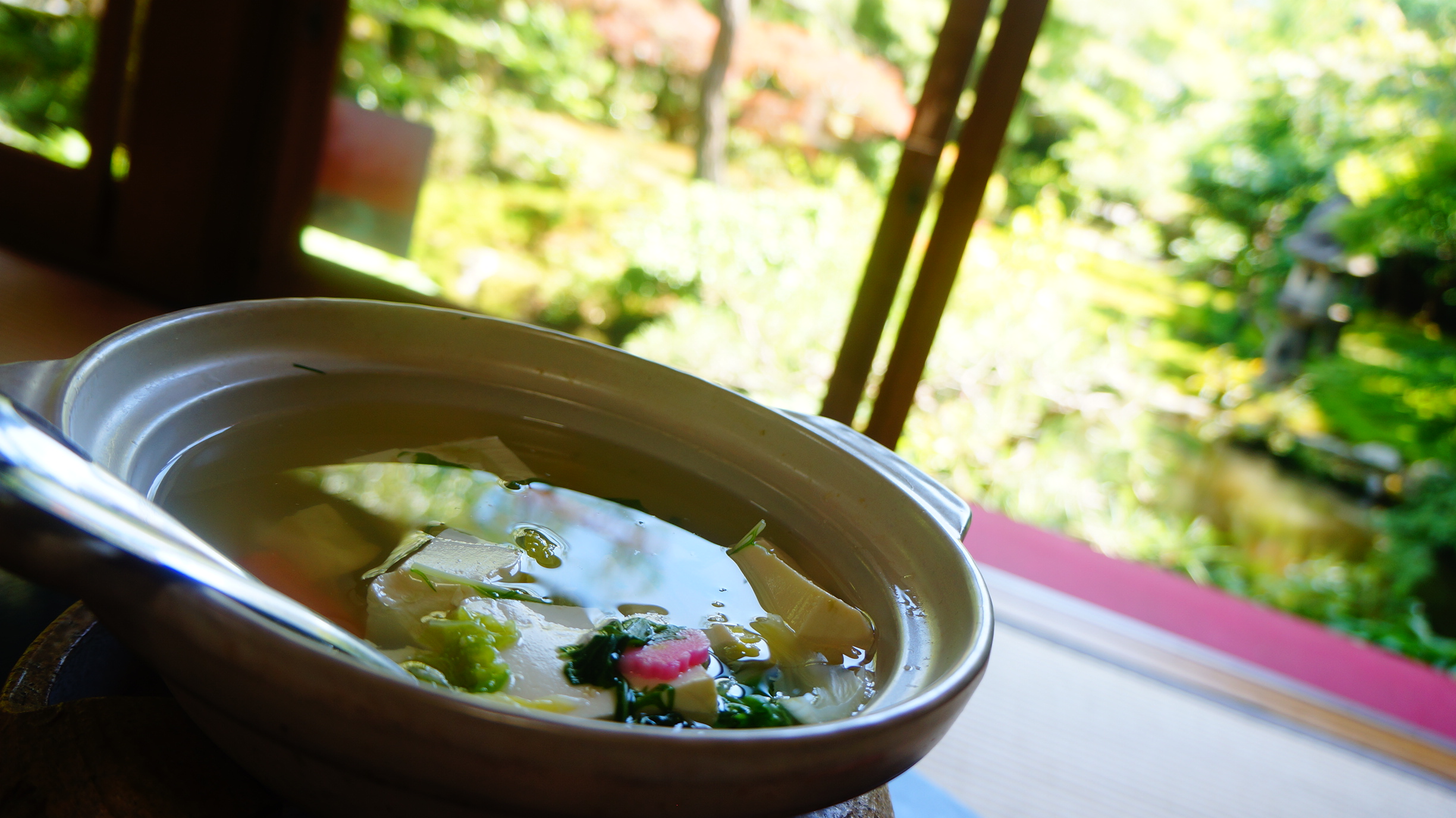
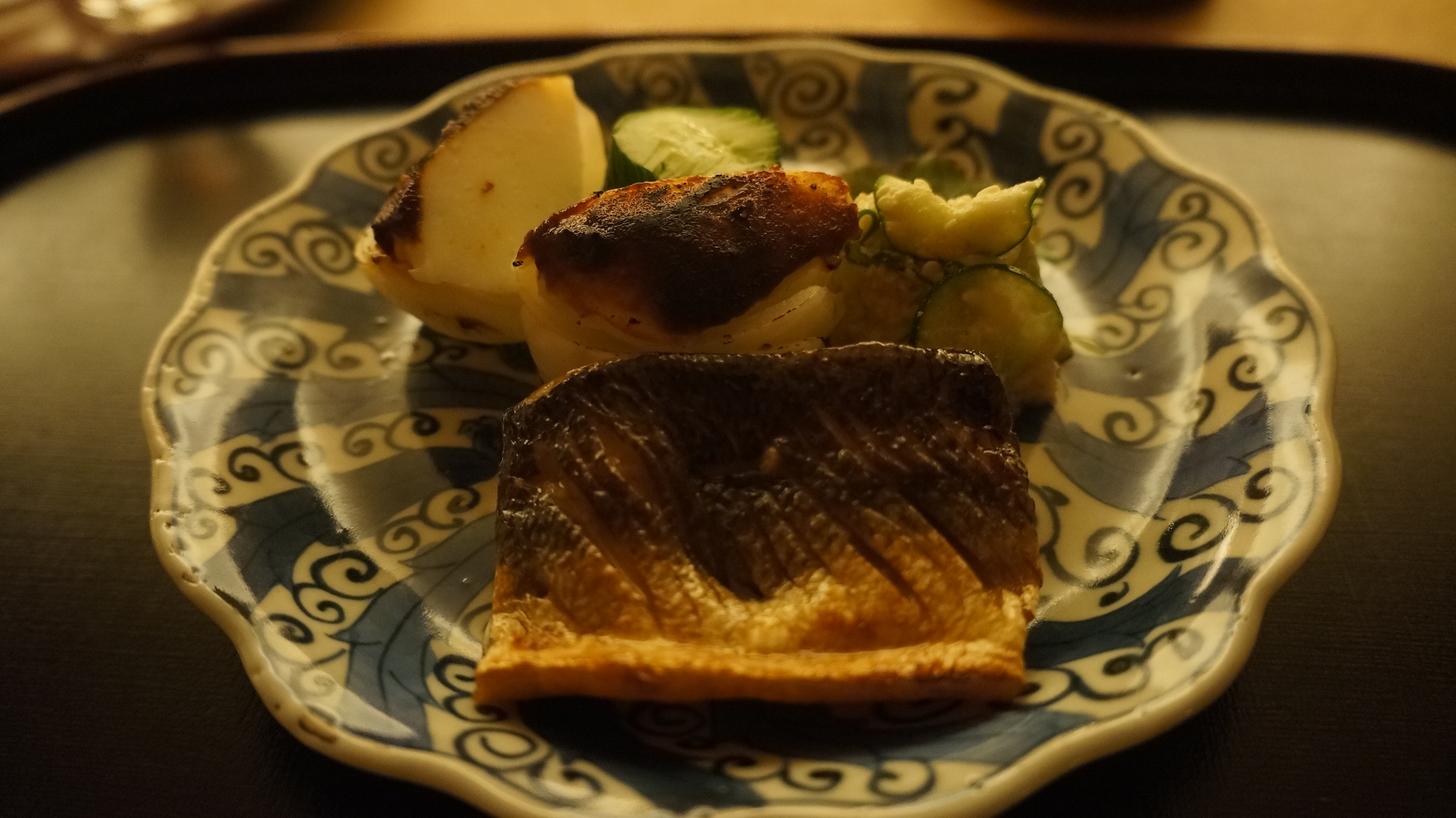
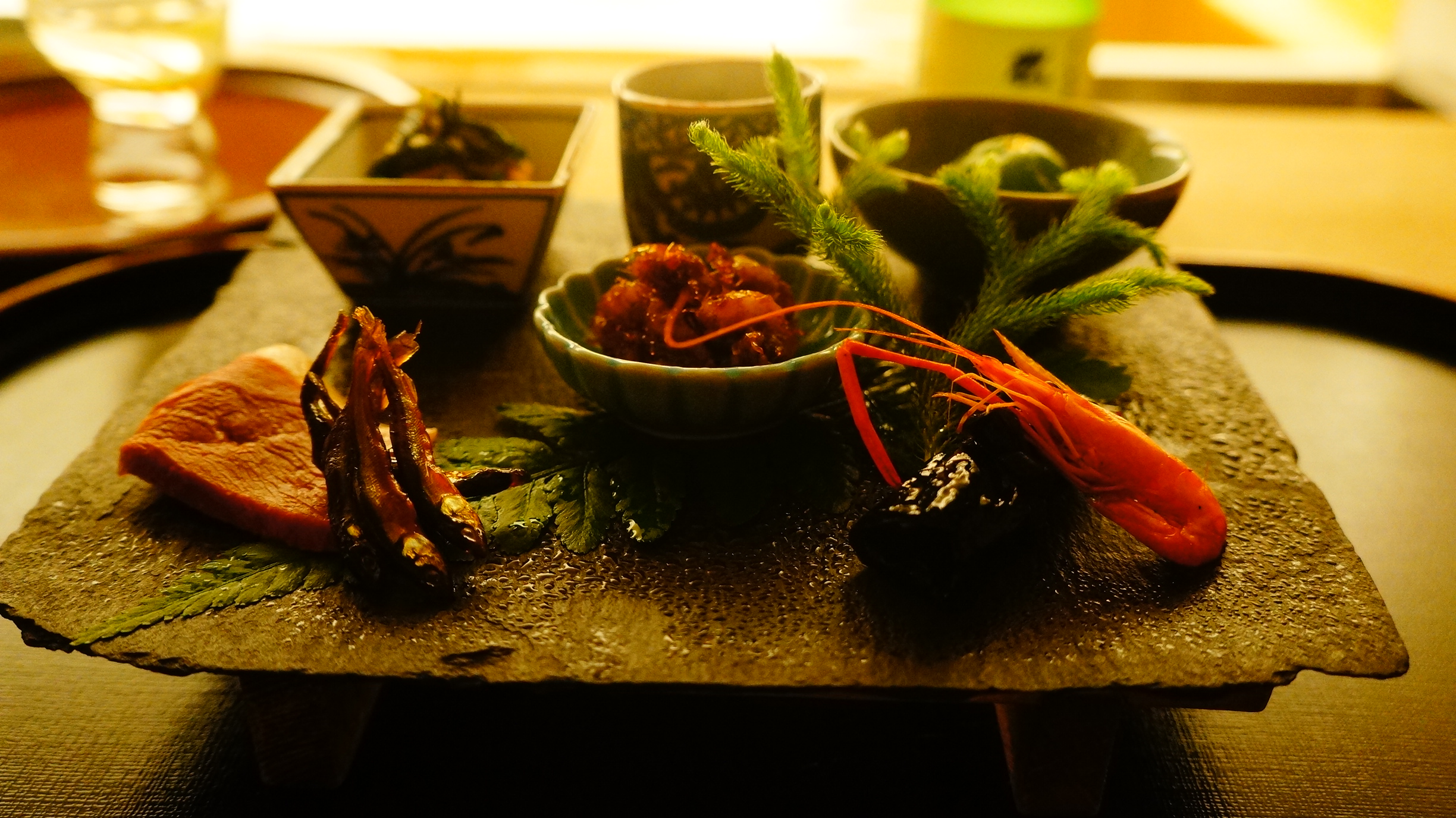
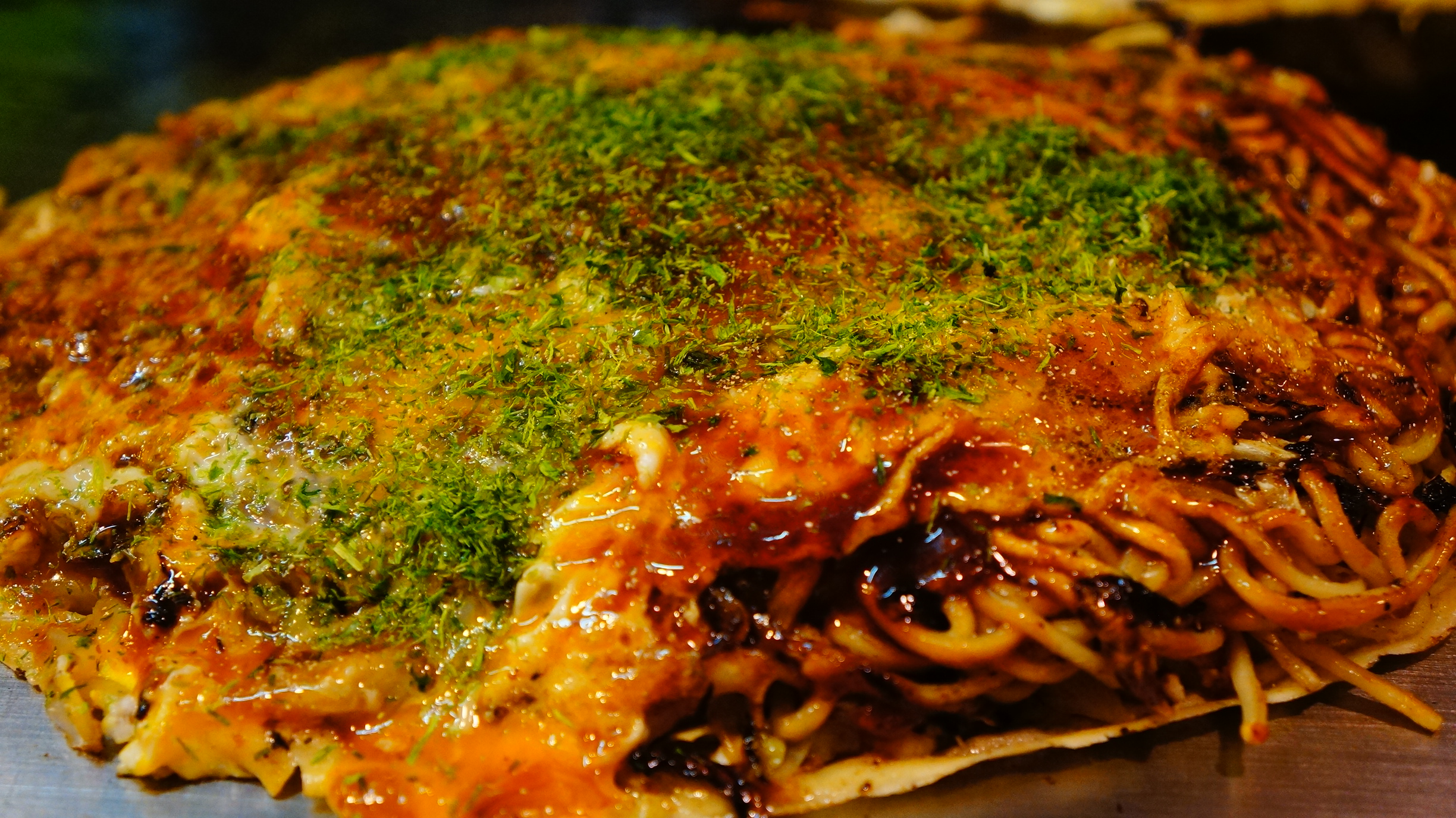

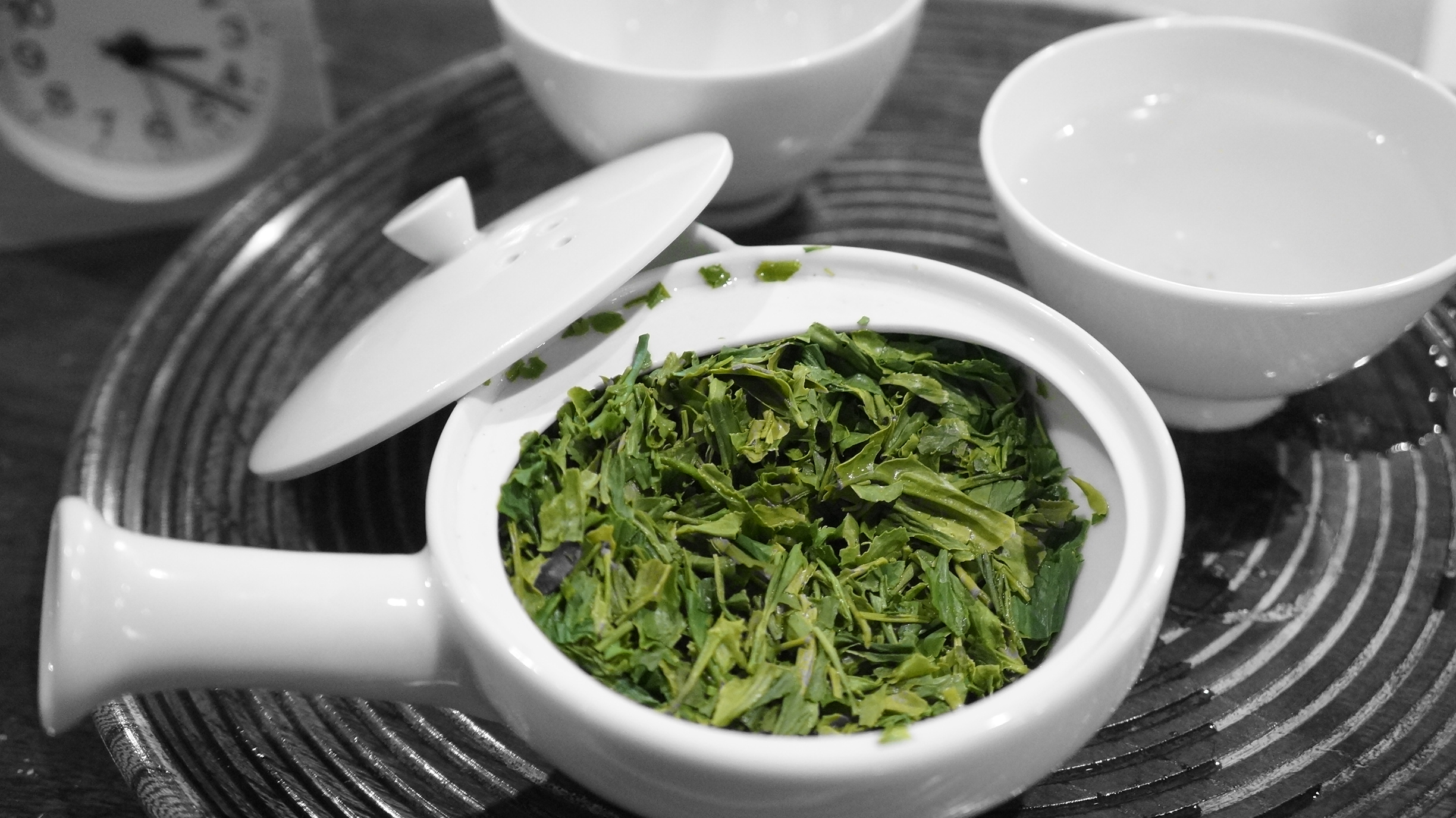
I believe you’re missing a bit after “It also contemplates that, as Japanese workers retire and draw down on those legendary bank savings, the”
It contemplates what, exactly? I’m very interested to know!
Ack. Seems to have been cut off while editing. Will revise now.